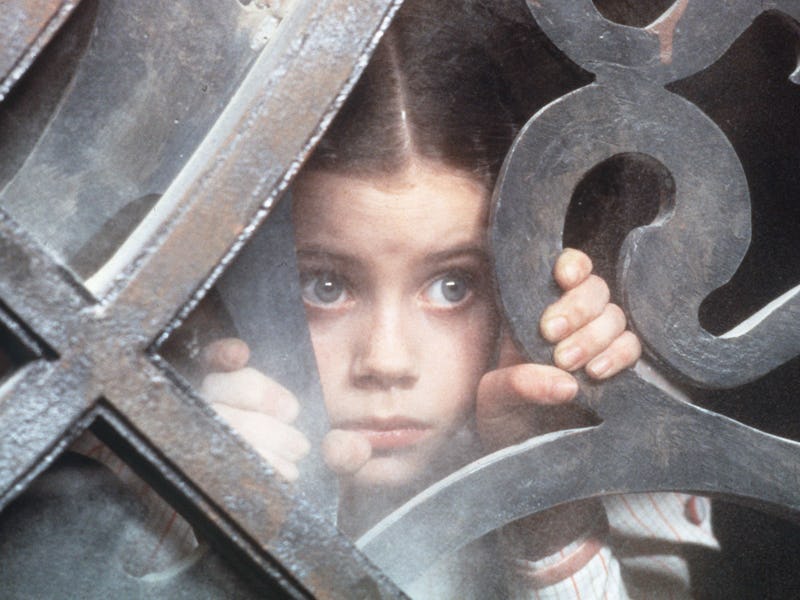A Cult Fantasy Movie Redefined The Wizard Of Oz — And Nobody Noticed
In this Oz, we’re not in Kansas anymore.

The Wizard of Oz isn’t just an influential movie, it’s the influential movie. In 2018, researchers at the University of Turin used mathematical approaches to find what movie has been most referenced or cited as an influence in film history, and the groundbreaking 1939 MGM blockbuster took the top spot. With such an illustrious history, it’s hard to imagine any other movie trying to tackle it, but last year, Wicked proved that it was very possible, even with a different source material.
However, 40 years ago, an unlikely filmmaker managed to take the original Wizard of Oz books by L. Frank Baum and turn them into a dark, twisted sequel that may have underperformed at the box office, but now stands as one of the strangest chapters in movie history — and the film that traumatized a generation.
Jack Pumpkinhead, The Scarecrow, Dorothy, Gump, and Tik-Tok in Return to Oz.
Return to Oz is a movie that, by all accounts, shouldn’t have worked. The idea for a new Oz movie came from Walter Murch, who at the time was known best as the editor behind Apocalypse Now, The Godfather trilogy, THX 1138, and American Graffiti. As it happens, Disney’s ownership of the Wizard of Oz books was about to expire, so a movie based on the original books would be perfect for the studio.
Murch’s idea for a sequel was purposefully more faithful to the books, and what most people forget about The Wizard of Oz is that the books were really, really weird. This is reflected in Return to Oz from the get-go. The movie opens with Dorothy, played by an 11-year old Fairuza Balk (considerably younger than Judy Garland when she played Dorothy) worrying her Aunt Em and Uncle Henry with talk of her friends from Oz.
Looking to heal her, they send her to a sanatorium where she is subjected to electroshock therapy, but a freak storm and a mysterious girl transport her — and her chicken, Billina — back to Oz. But this version of Oz is completely different. All of her old friends are gone, and the land is ruled by the Nome King (Nicol Williamson) with the help of the Princess Mombi and her interchangeable heads (Jean Marsh, Sophie Ward, Fiona Victory). It’s up to Dorothy, the now-talking Billina, the robot Tik-Tok, and Jack Pumpkinhead to find her old friends and get her back to Kansas.
Images like Princess Mombi’s removable head scarred viewers.
It’s already a darker story than the original movie, but Return to Oz is meant to be a direct sequel — Disney even had to pay a fee to MGM to use the ruby slippers, as they’re silver in the books. But the plot is just the start of what made Return to Oz so terrifying: Murch included a number of the books’ strangest villains, including the Wheelers — Mad-Max-like henchmen with wheels instead of hands and feet. The Nome King was also brought to life partly by using stop-motion animation, giving it an uncanny look that feels ripped out of a Tim Burton movie.
Needless to say, this movie was a hard sell at Disney. In fact, due to a change of leadership at Disney, Murch was even fired, and Coppola and Lucas had to step in to vouch for him, with Lucas saying he would direct the movie himself if there were problems. But Murch finally made it to the finish line, and even though the movie baffled audiences and underperformed, it now has a reputation as one of the scariest — and most faithful — chapters in Oz history.
In the era of Wicked, more people need to revisit this odd duck of a movie. Who can say if it changed the franchise for the better, but it definitely changed it for good.